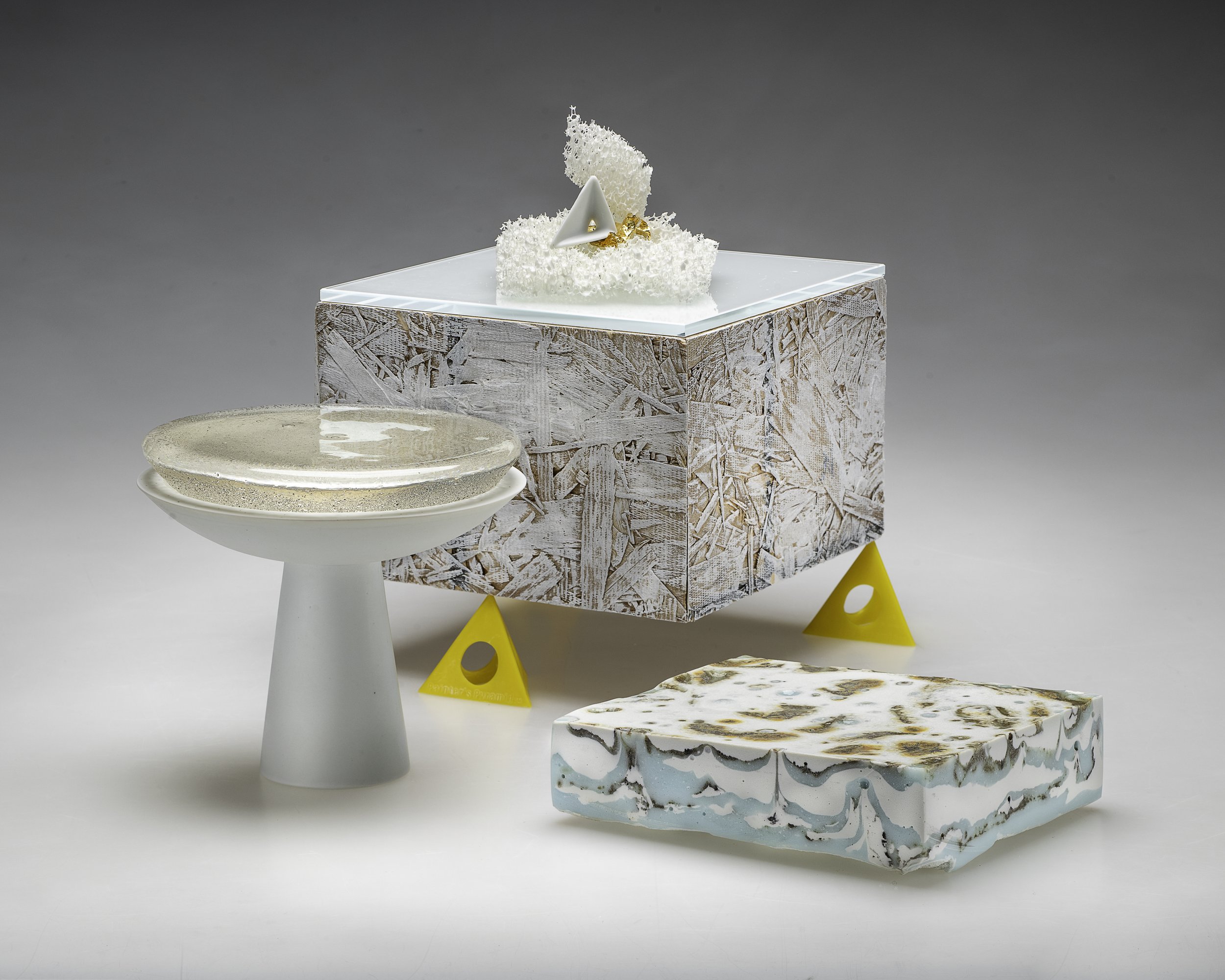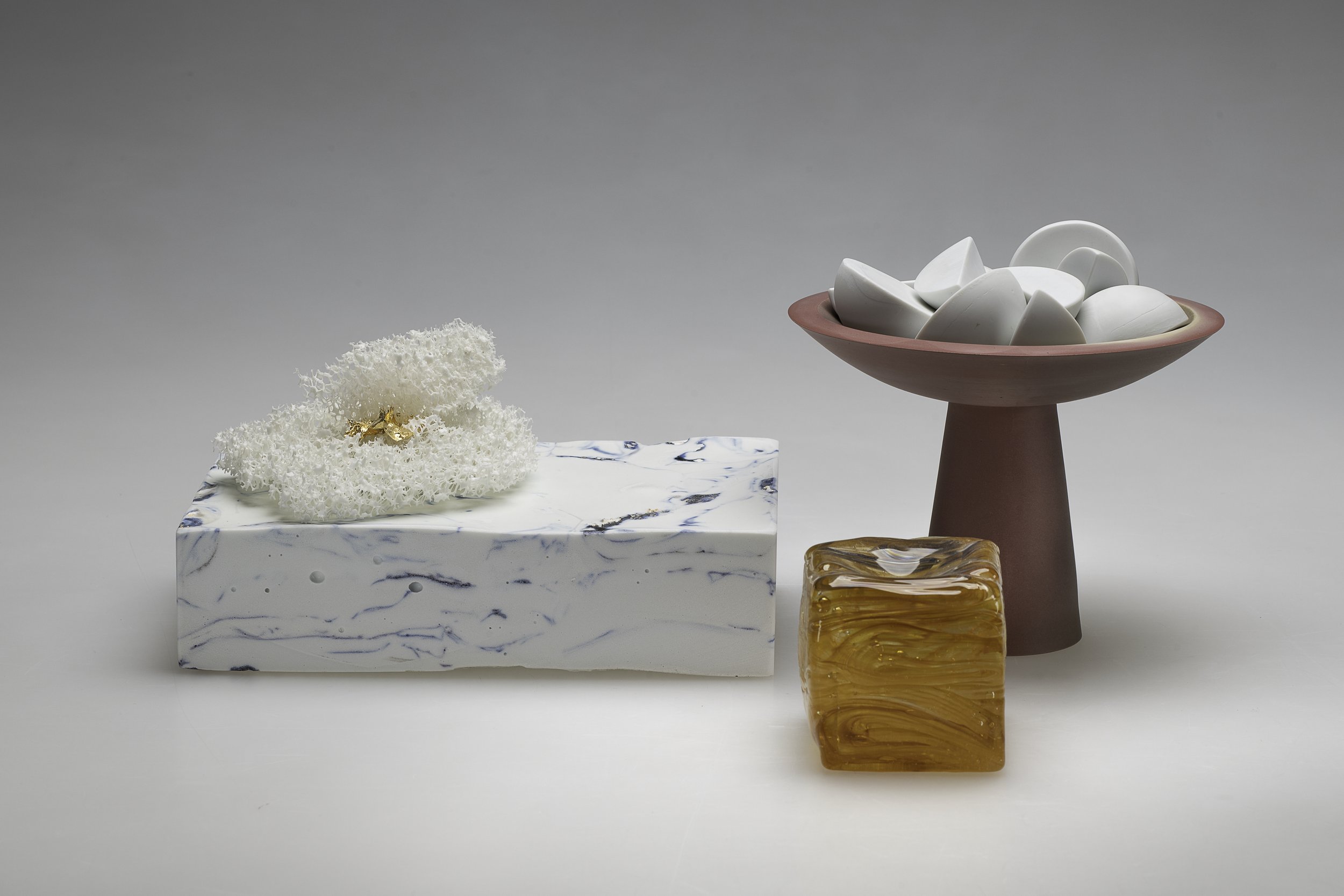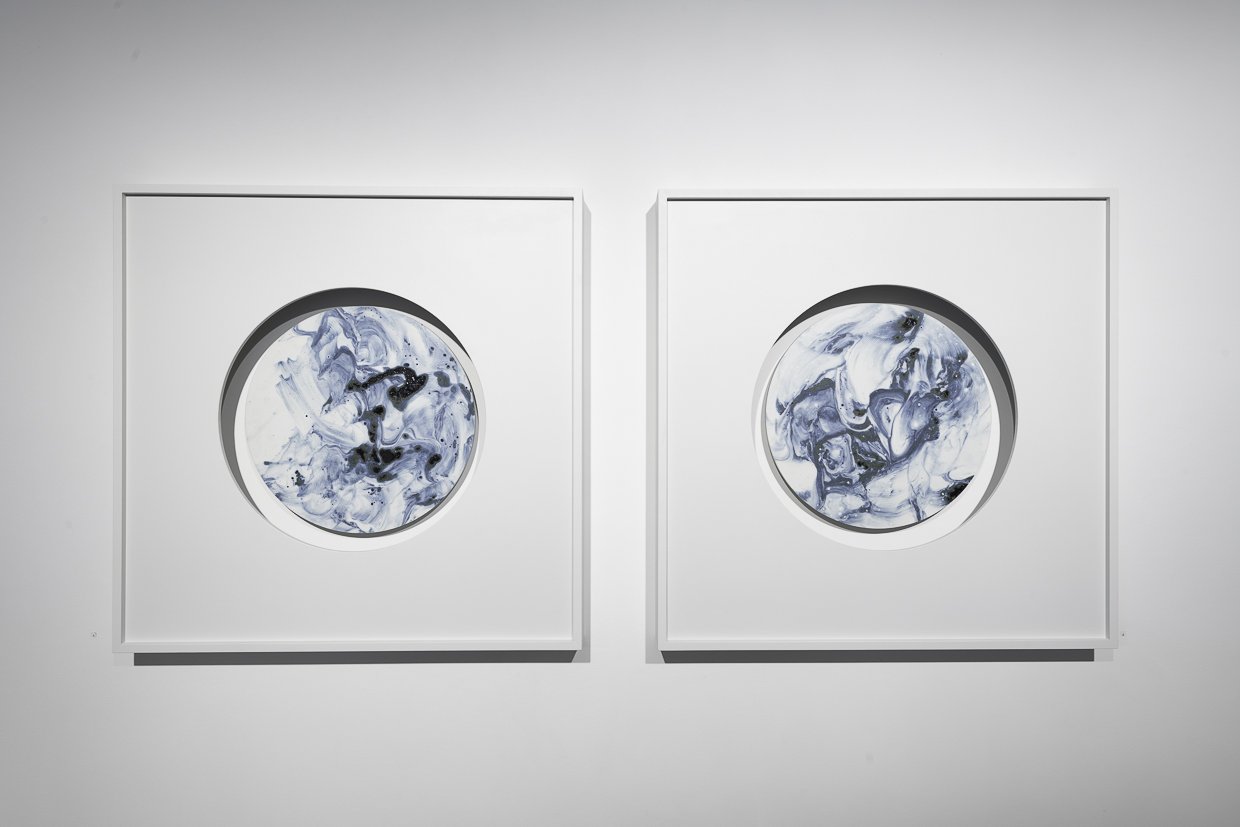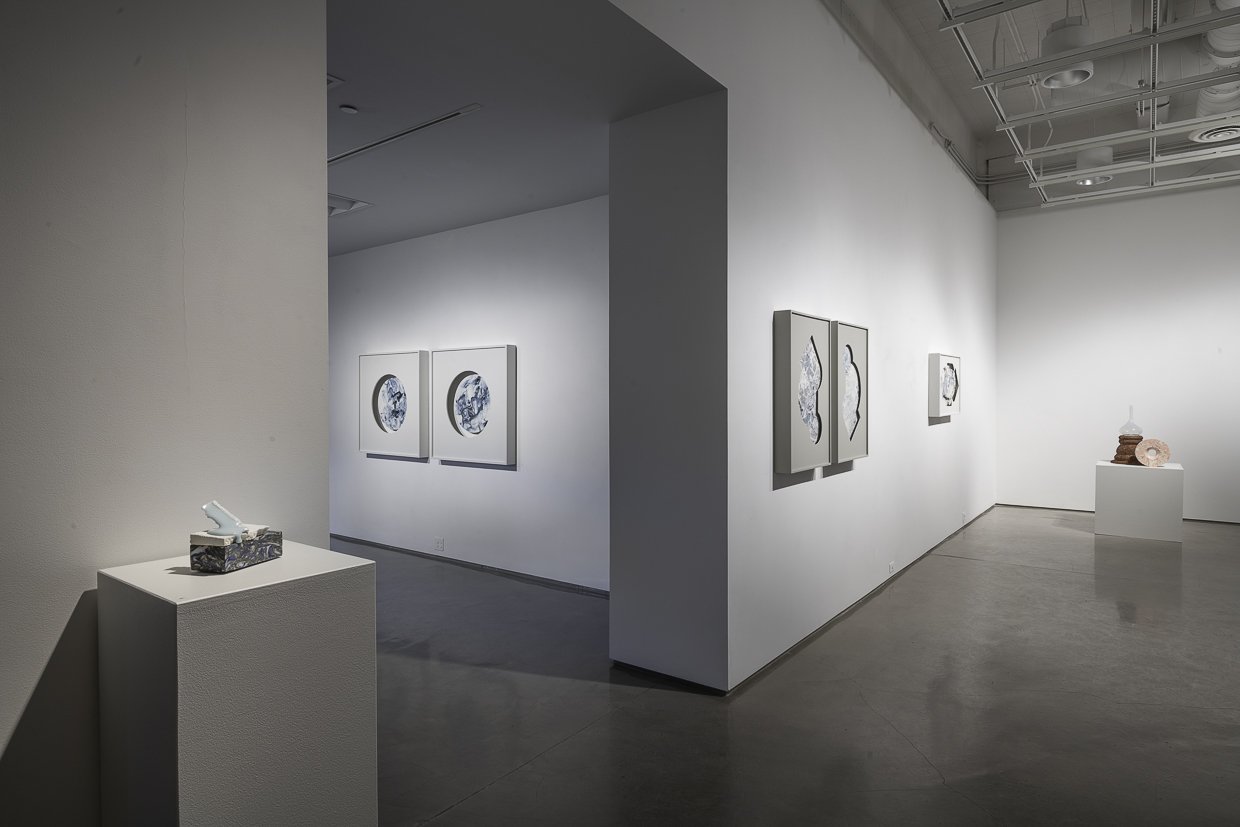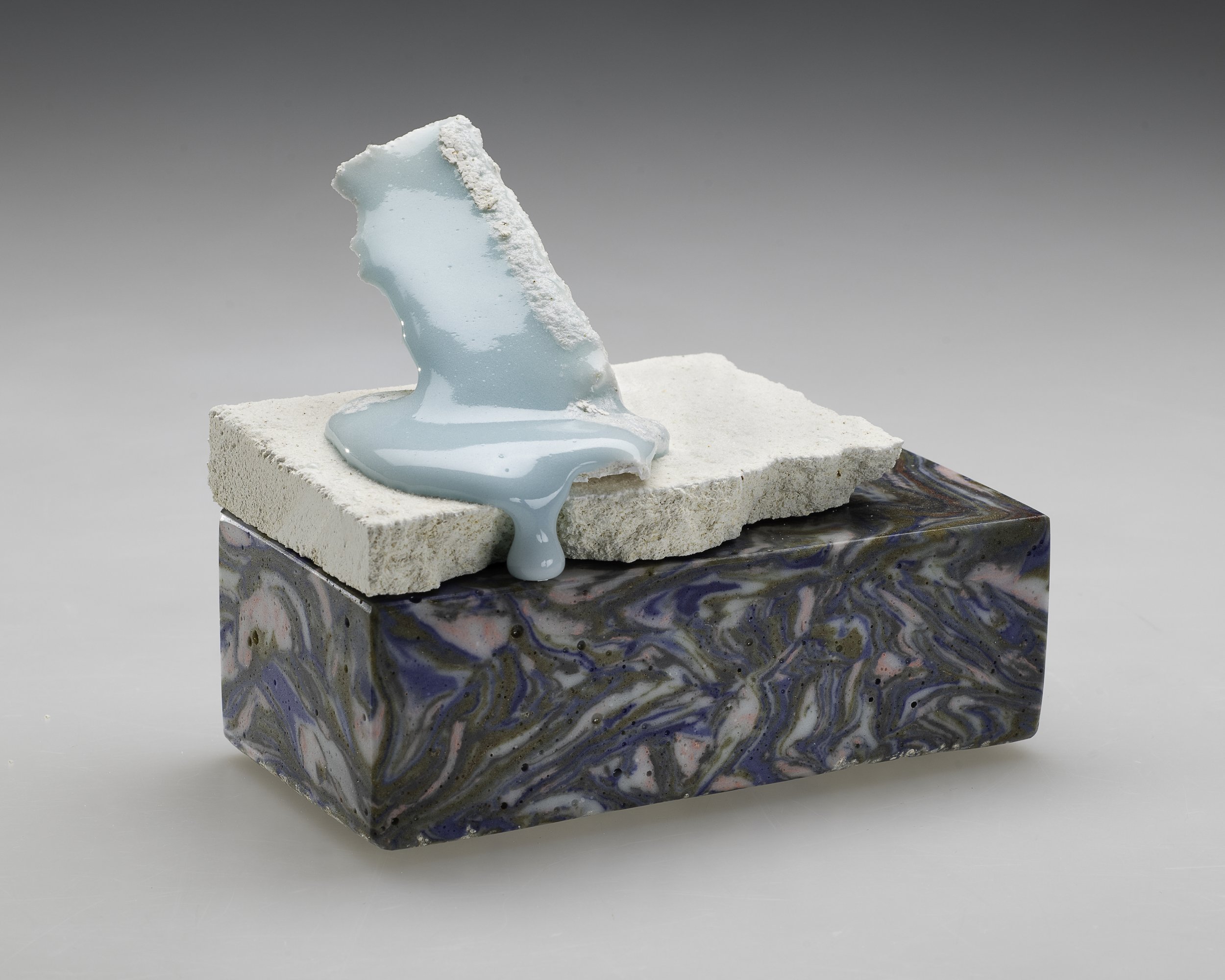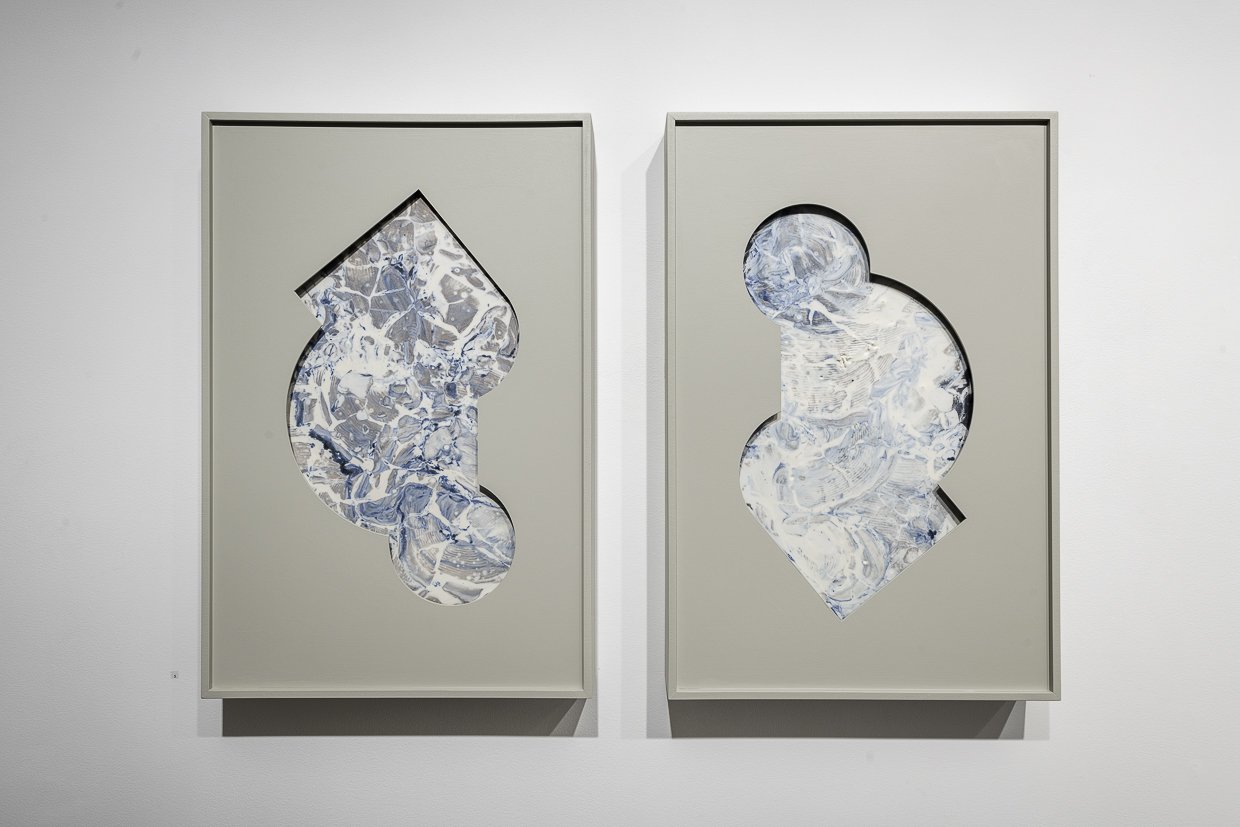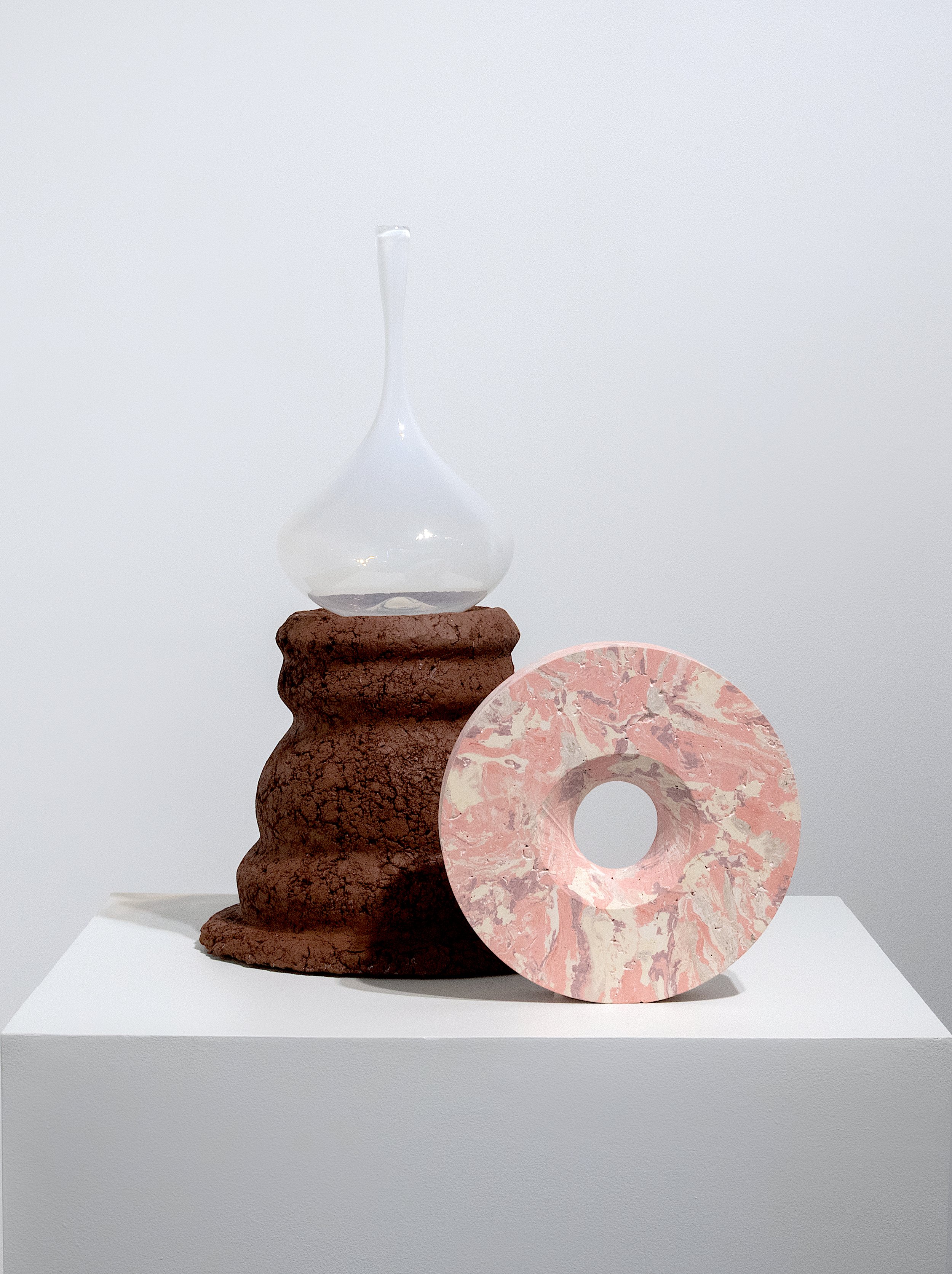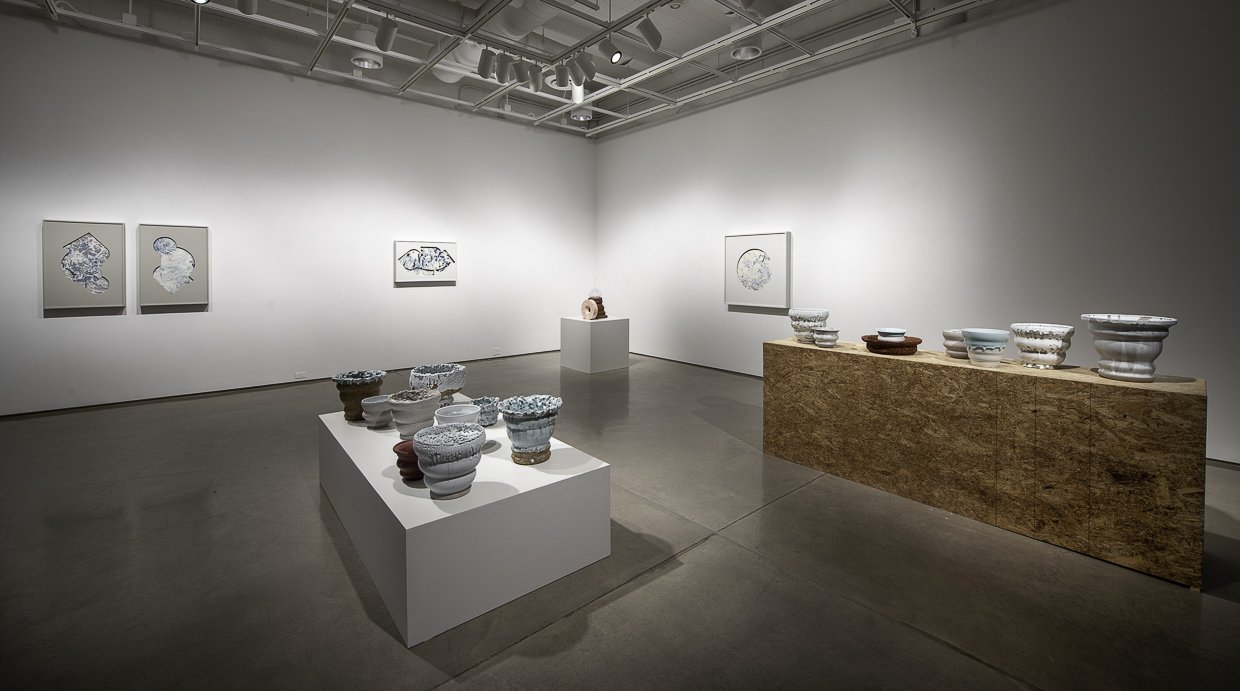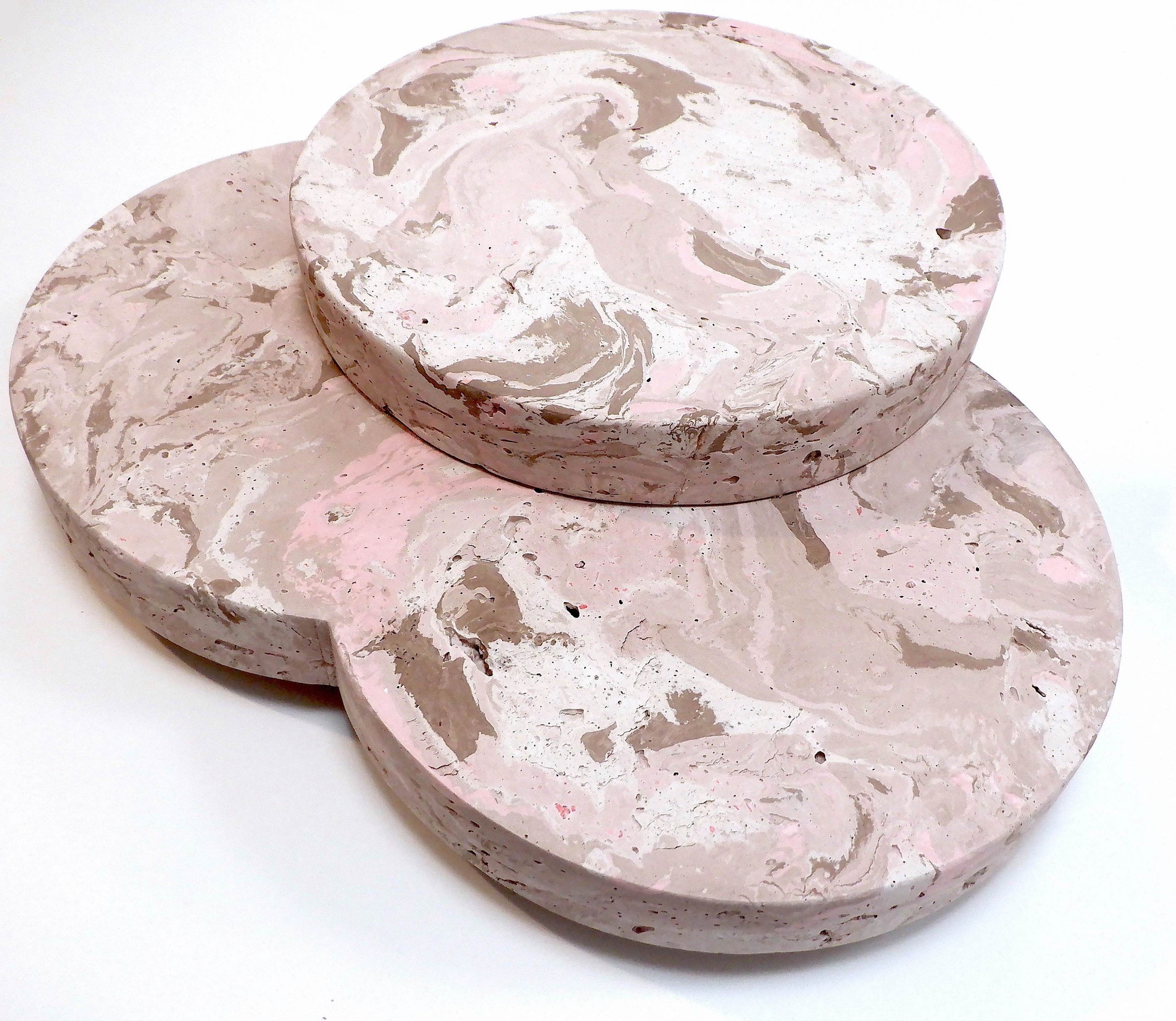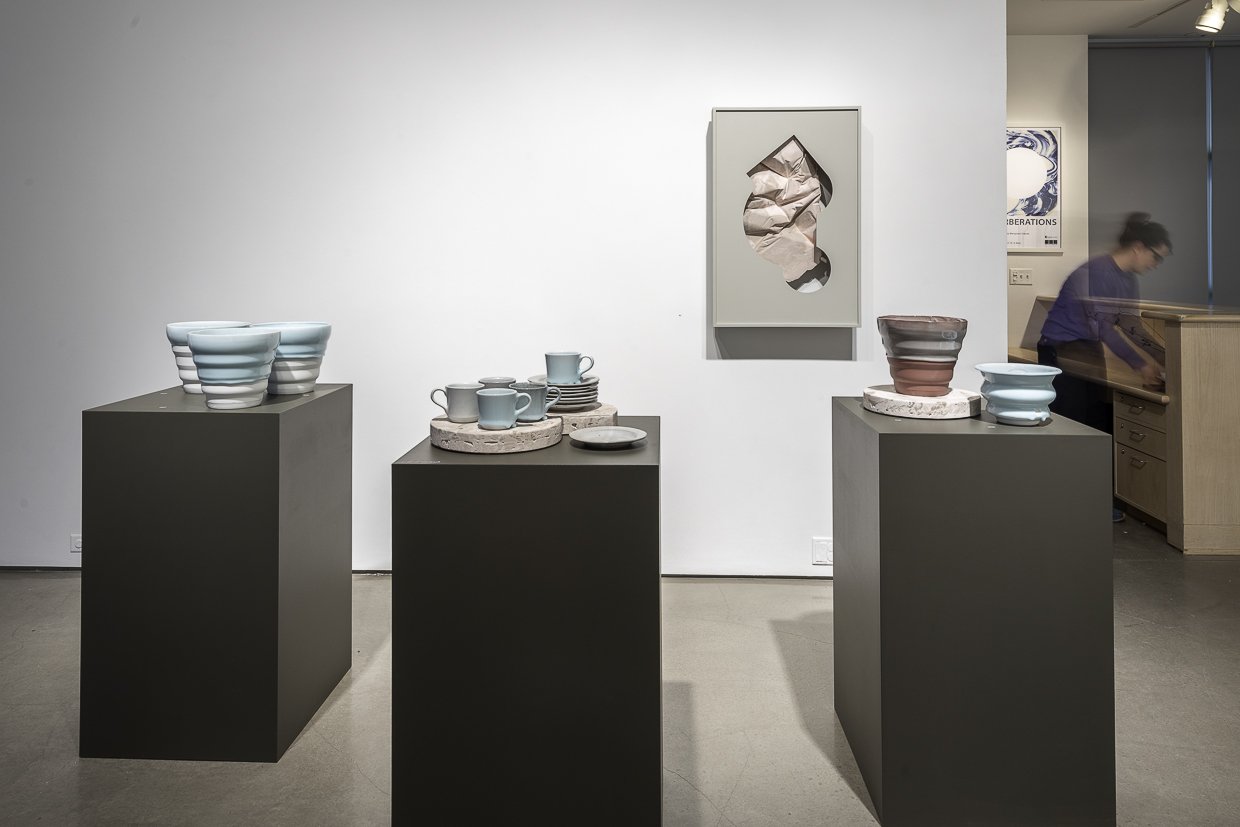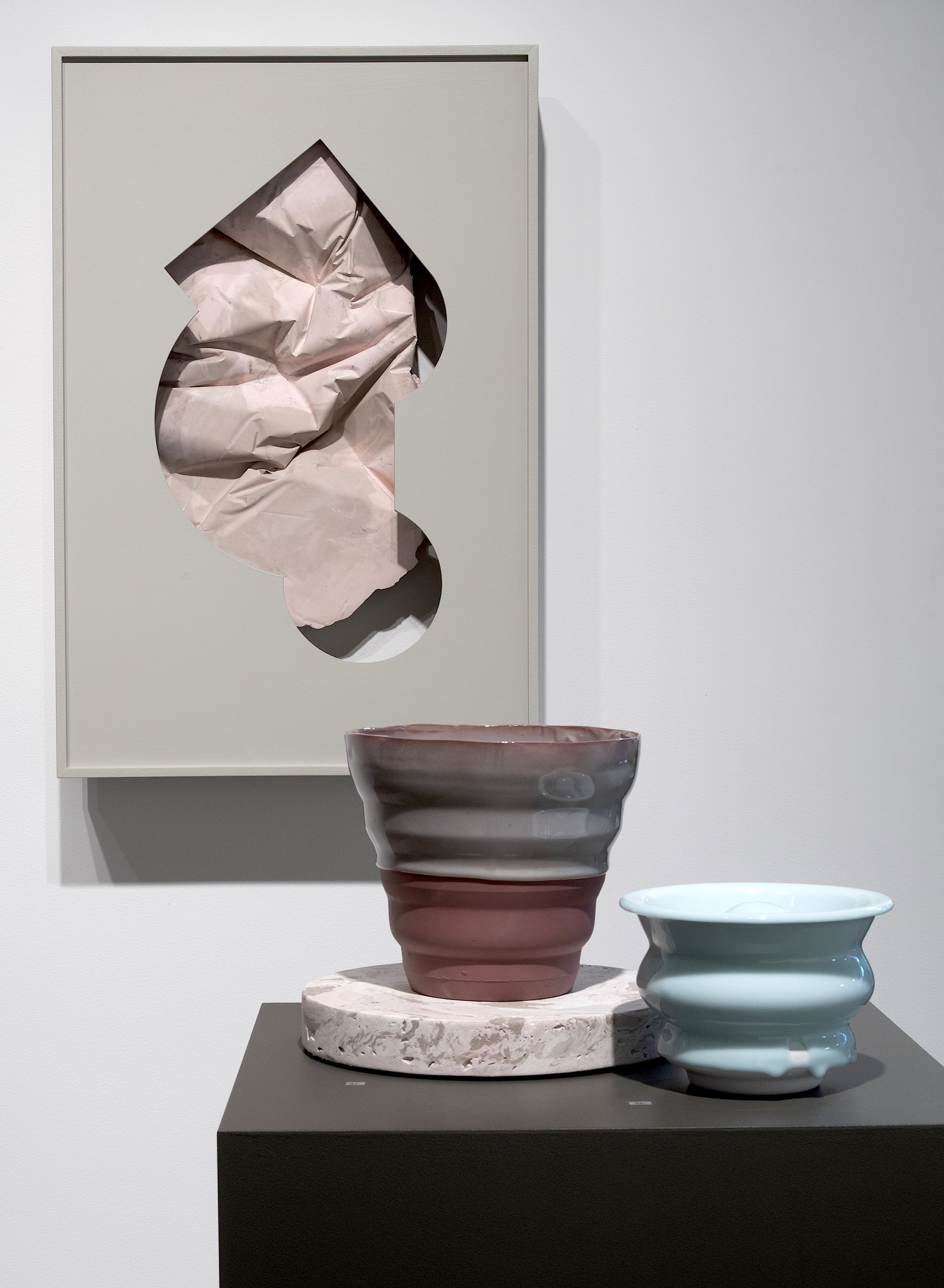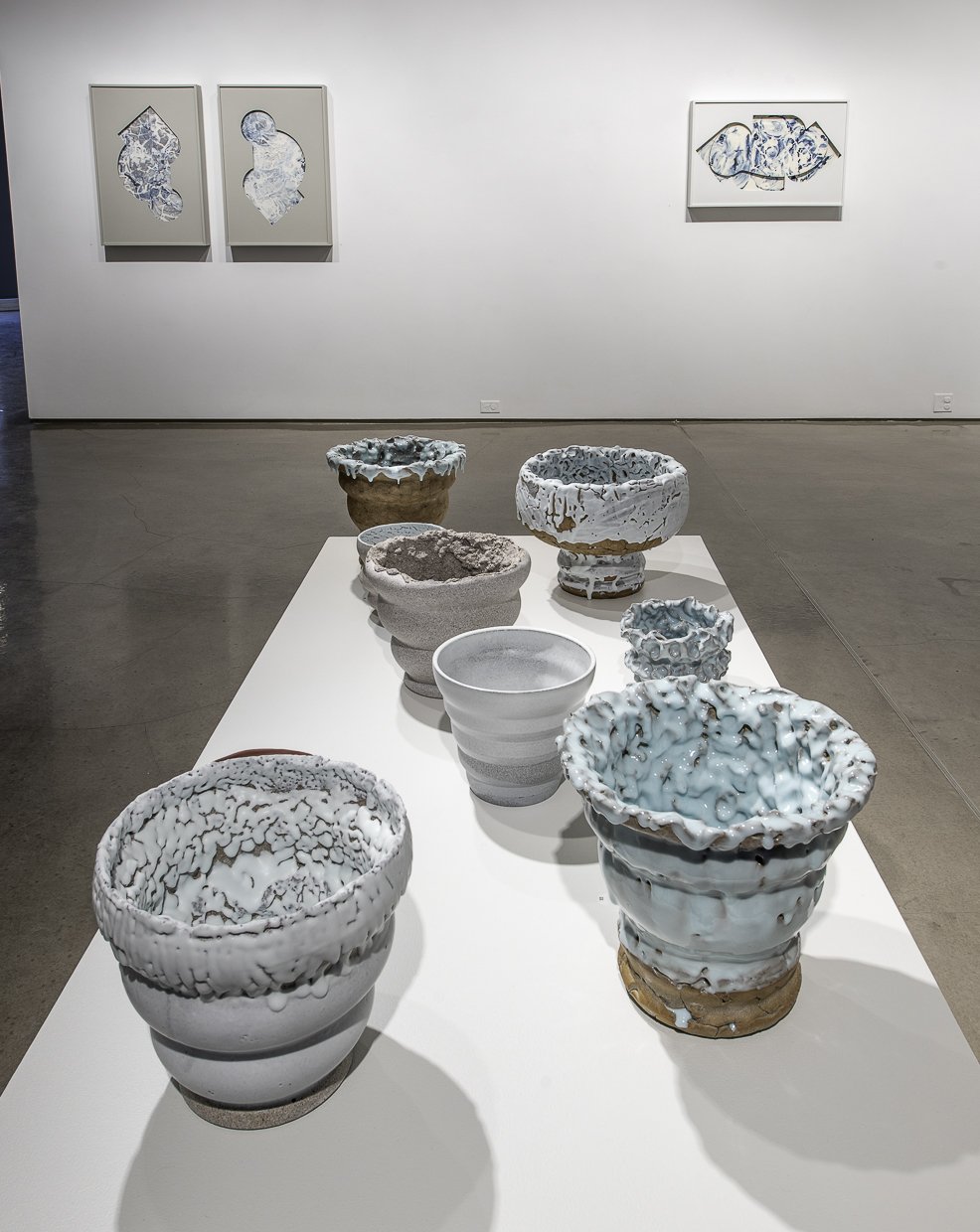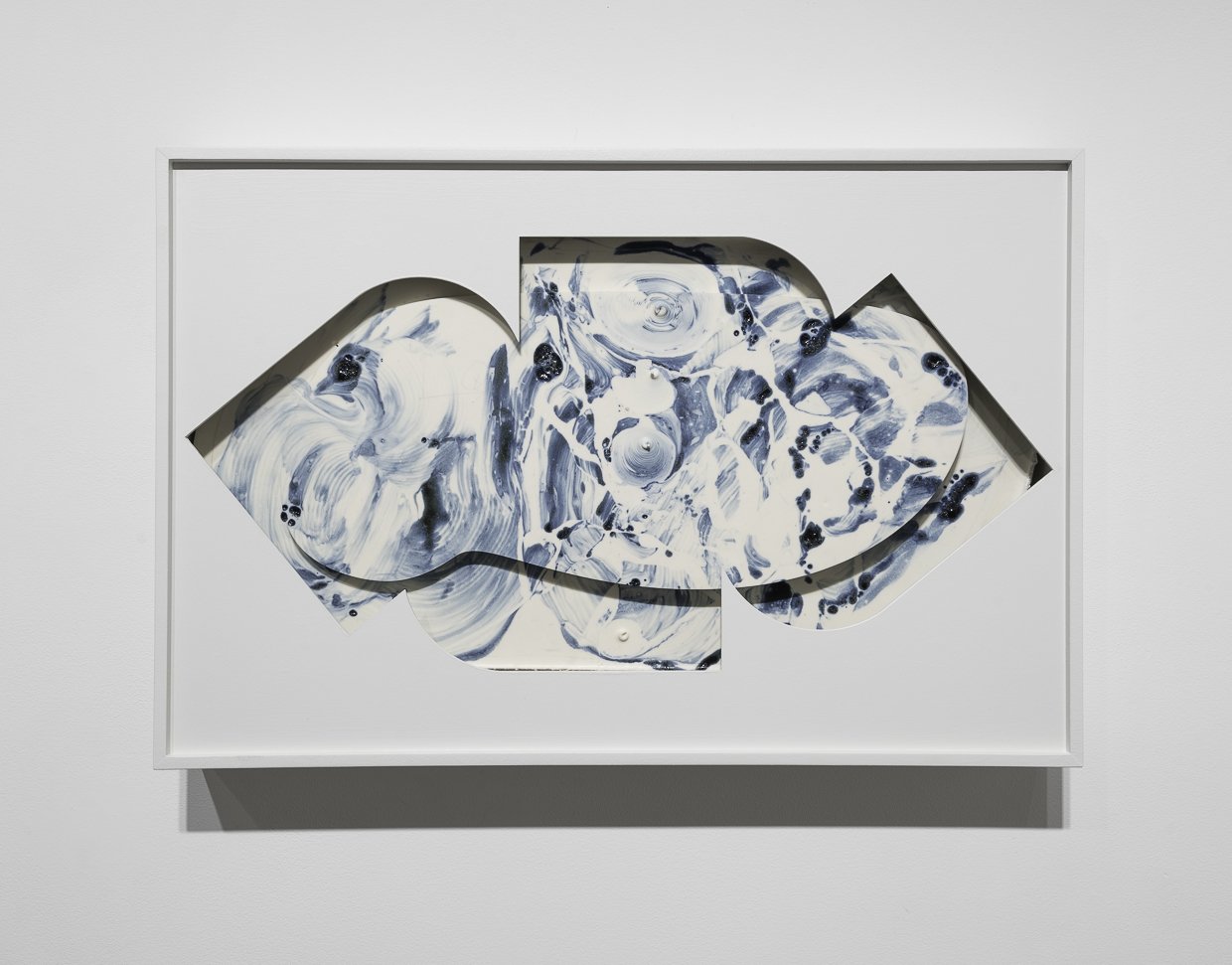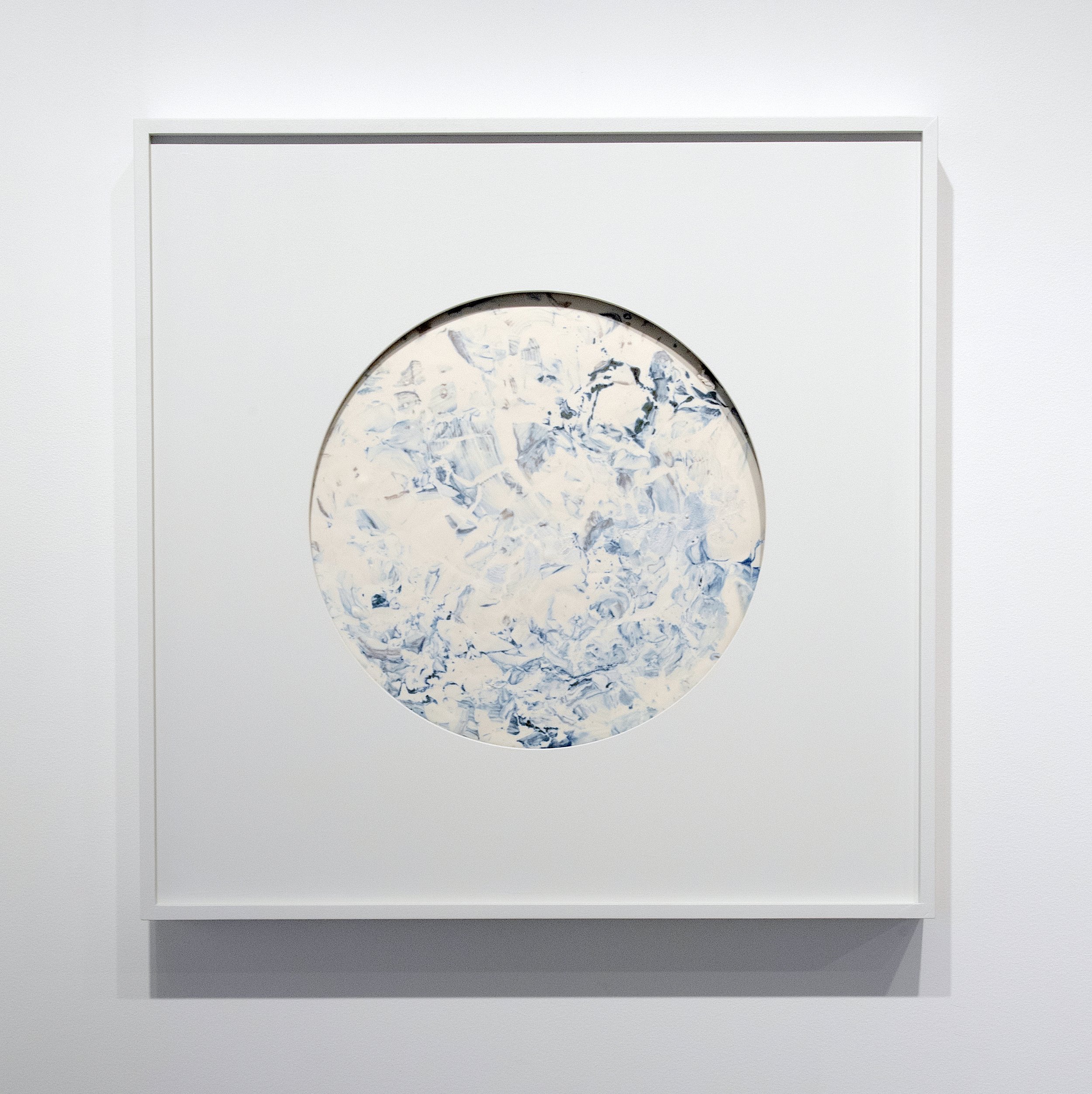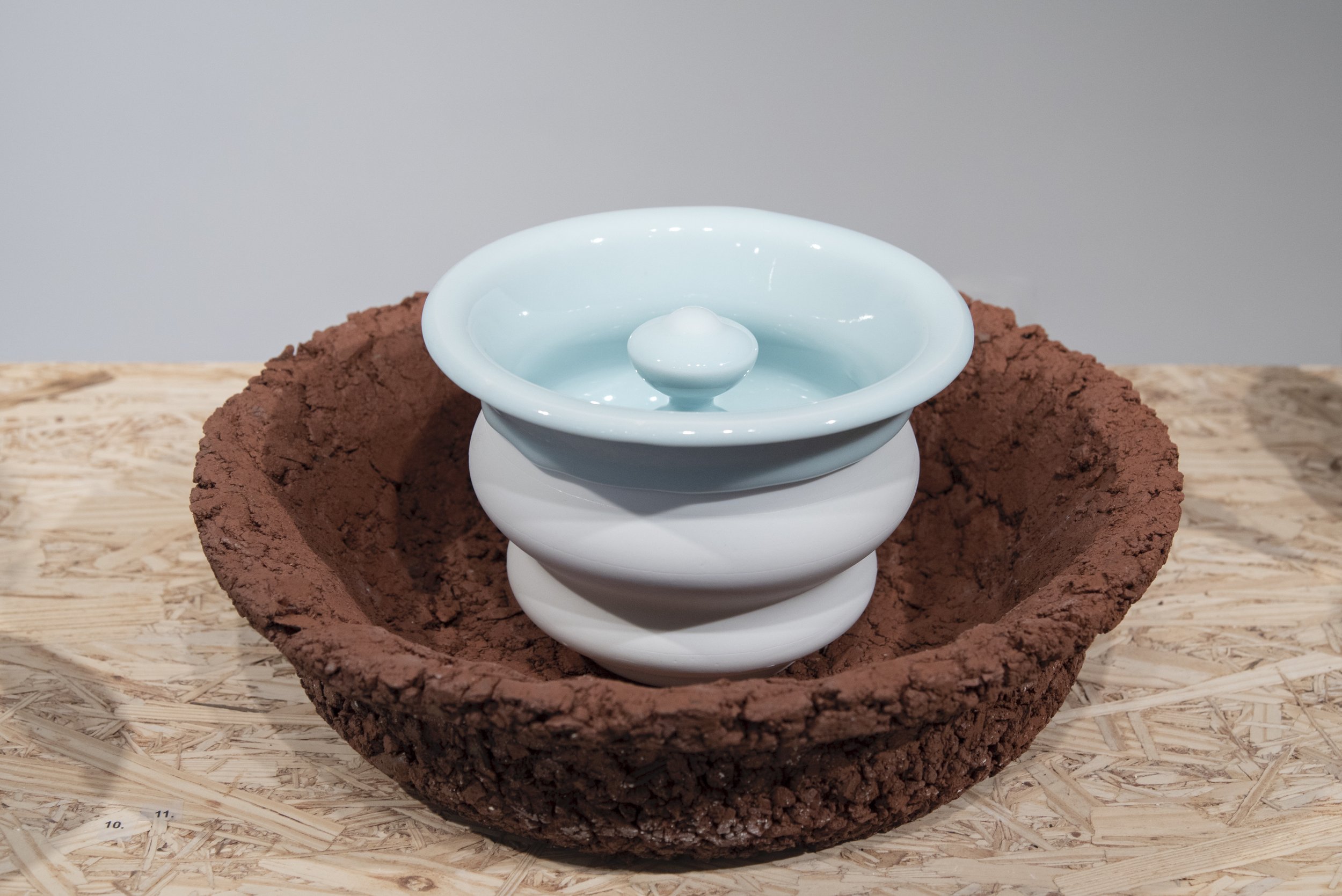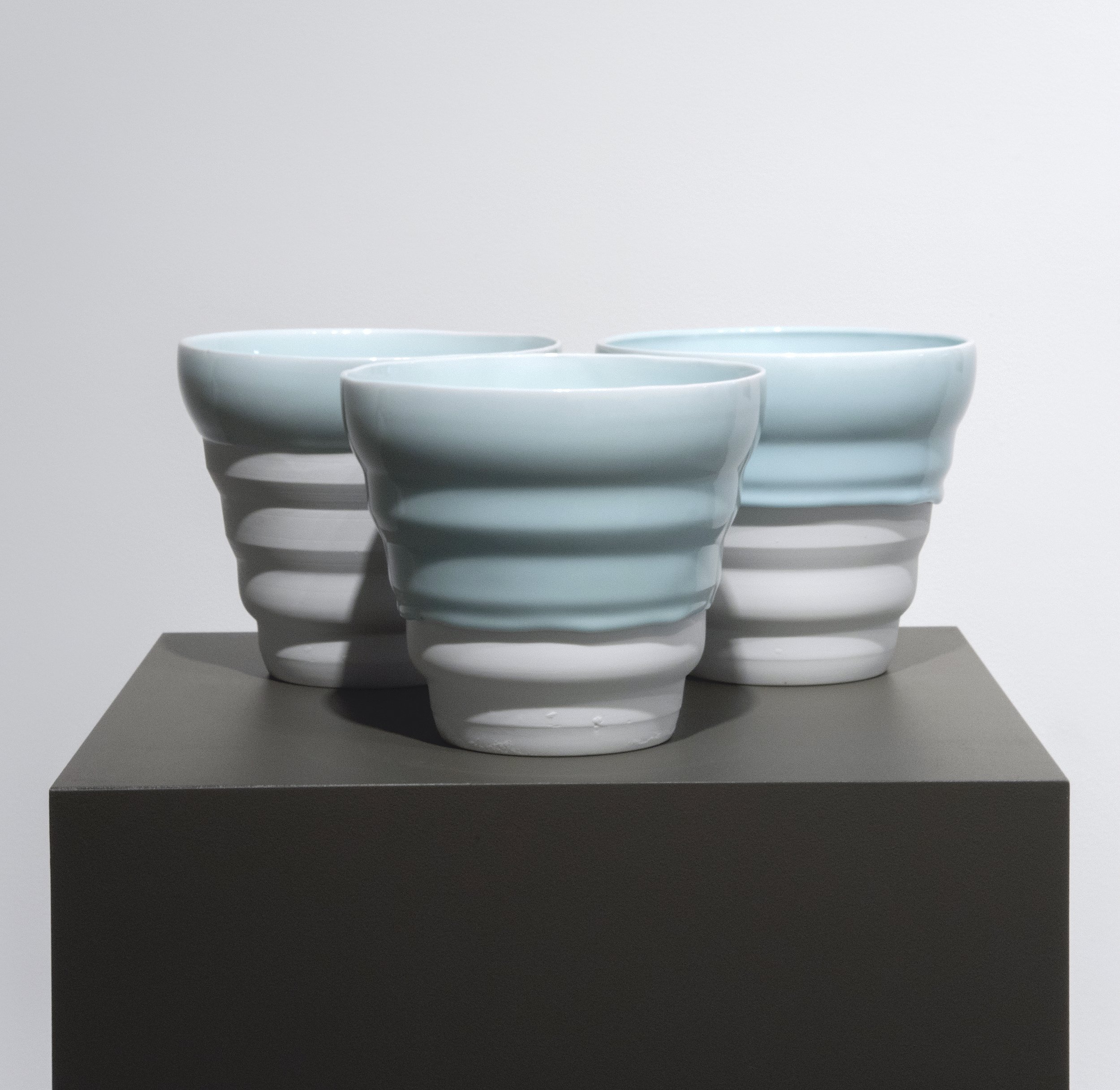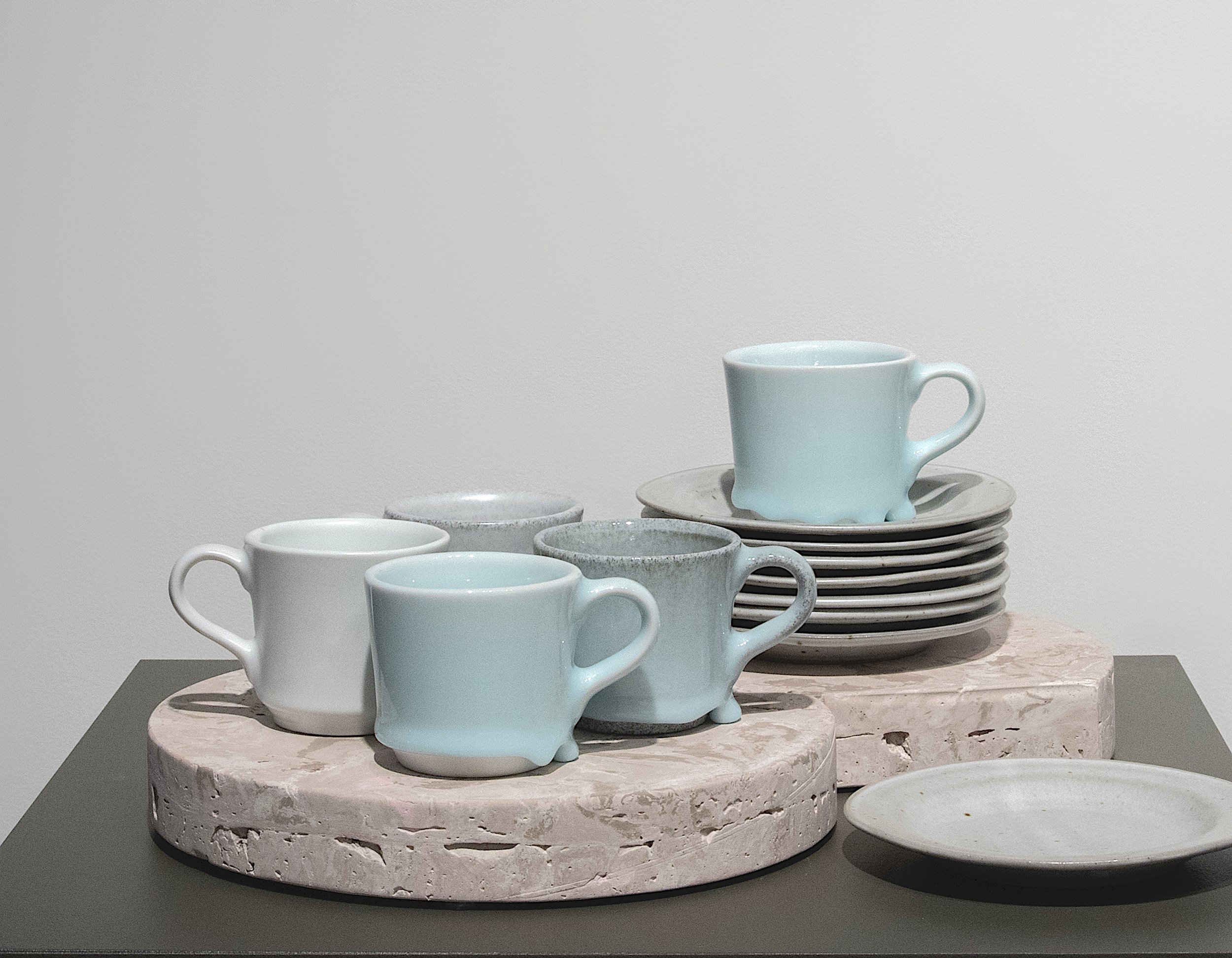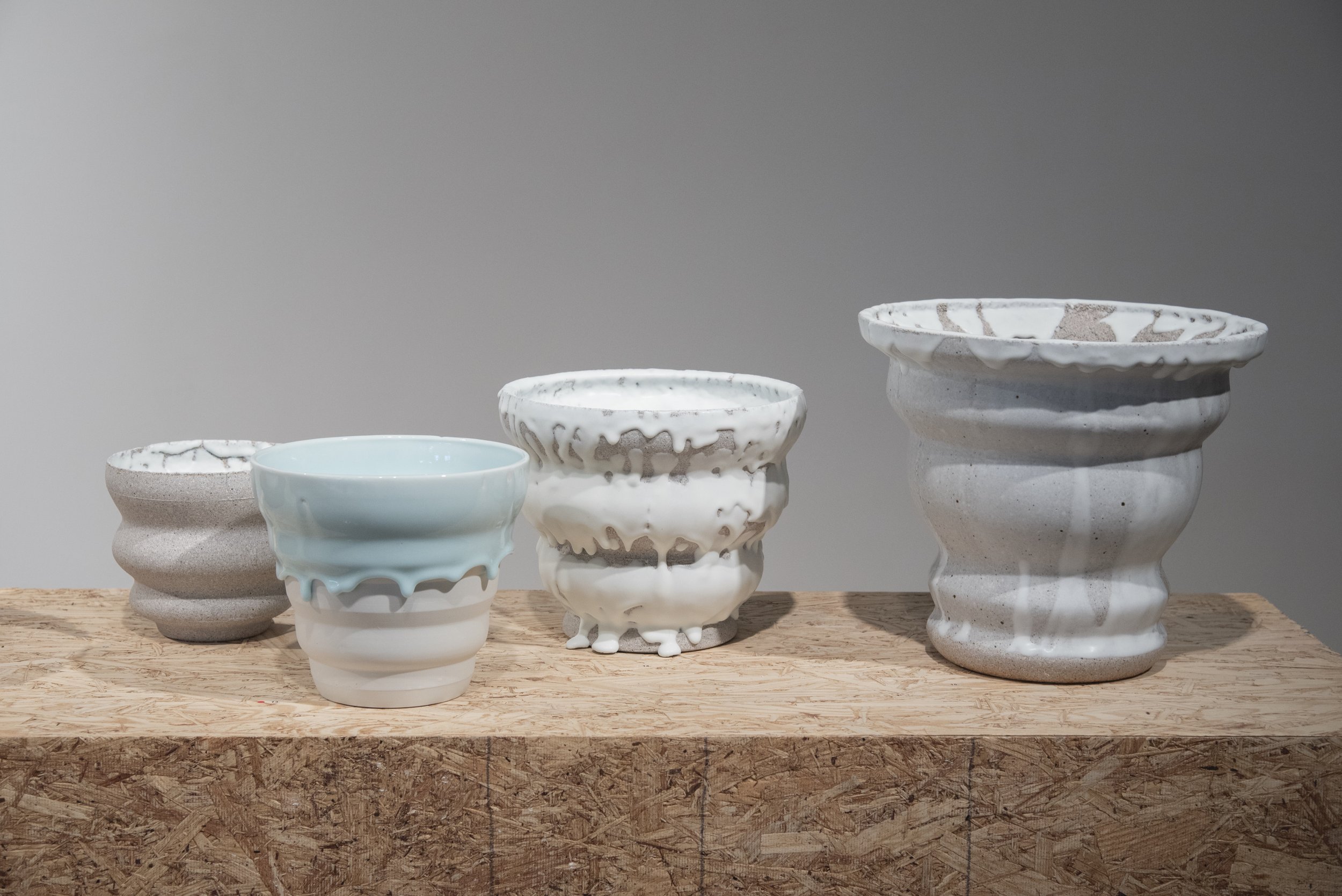Artist Statement
Artist Statement
Design generates utility, self-expression, and joy, reflecting both culture and the individual creator. Form is central to my work, and I contemplate metaphors of permanence and change through the manipulation of method and materials, such as scagliola, plaster, glass, glaze, wood, and cardboard. Research and visual allegory are combined to reveal arrangements and forms that are a culmination of moving through the past and the present. […]
[…] I work to extrapolate from material a visceral sensation like the experience of thixotropic beach sand, sliced cold butter, or polished porcelain that has the cool softness of marble or the patina of wet skin. There is a bricolage of material and motion that is finished with an ingratiated sense of time.
Archival Craft
Archival Craft
Discarded industrial tools move into my studio because they no longer serve the demands of industry, but function well for an individual maker. Constraints in form [or use of specific tools] allow for expansion in material and glaze development. Constraints also provide opportunities for intervention and innovation. In the case of found molds [cast cups and jolly jiggered plates above].
Shaped by the tools of discarded 20th Century ceramic factory, my process embraces methods of turning, sledging, and jigging plaster. For this work, I used discarded molds - casting them and layering them with new skin (glaze) and context. Pulling a cast from an existing mold, moves that object into a new time and era, giving it new life and integrating in with made objects. My gesture in this work is putting archival artifacts, commercial industrial molds, in conversation with its past and future. I do not simply re-fabricate objects as a maker but I contextualize them through the use of my own clay and glaze.
Published November 2021, Photo courtesy of Alfred Ceramic Art Museum
Ceramophile
“Artists are perhaps the best prepared to adapt to a constantly changing environment. Versatility is a keystone of an education or practice in fine art and craft.”…
“Discovering the stories and information in the Kruger notebooks reminds me that at an isolating time in human history we can look back at the achievements of important women such as Fosdick, Nelson and Kruger to gain inspiration.
Their lesser-told stories, and work, as well as that of others like them are waiting to be discovered, written about and celebrated. We have been waiting for their accomplishments to come to light for far too long.”
A sample of the written content that accompanied the exhibition Reverberations at the Fosdick-Nelson Gallery (2022)
Reverberations
Reverberation is a physical vibrational process that occurs as “dry sound” is released, transmuted, and returned to the point of conception as“wet sound”. Like clay, the sound has experienced transformation as a result of its environment, and evolved into a new state. As the reverberated sound moves through space new information is emanated, provided to the point of origin, and emitted, for consumption. This process serves as a metaphor and a literal translation for the making process that unfolds in my studio. I radiate physical objects and the reverberation of those objects provide information beyond my original conception back to me.
Casting ceramic [glaze] and glass I create two and three dimensional images that are fractured and fused to form an image that is beyond my original conception. I apply glaze to drip and pool and challenge the constraints of turned molds through iterations and changes in casting methods. I work to change the parameters of the making process so that I have less control over aspects of the outcome. The skin of a form may stay the same but the way the slip oozes like concrete or stays crisp vary.
My work lies on the intersections of prototype, product, art; in realms of making, manufacturing and craft. New objects made and exhibited reflect a searching and range of approach. Wall mounted glaze drawings and some scagliola sheets are made through the raking of material within the span of my arm. The reach and gesture of each stroke is recorded, layered and reworked until I am satisfied with the image. Upon firing glaze, the image is melted and sometimes fractured and fused back together. There is a visual index of events recorded through the elemental force of fire. This event works to transmute a silky yogurt glaze into a sheet of primordial, and instantaneous rock. Images that were initially conceived of as sand drawings that referenced an individuals ergonomic circular reach, this motion was then translated into glaze drawing gesture. When fired to completion glaze images are changed again through the context of framing.
Life events both beautiful and horrific are changed through the way we frame and integrate them. In the same way we frame and re-contextualize memories with perspective and time, raw materials are shaped and framed to change again the raw quality of the material itself. Shadow boxes cast shadows of image and change onto a raw existing event. There is a modularity or transient quality about this framing. It is ephemera and can change in location and orientation based on the preferences of the viewer. There is an interactive quality in wall works and vessels inviting arrangement or position based on the users preferences.
Texture and density, tightness, looseness, wetness, and the bricolage of phase change are primary to my work. These qualities are exhibited through vessels and sculpture, embracing both abstraction and developing work as a relationship in visceral knowing. My physical contact with material imparts not just the mark of the tool but my energy as the maker. Material metaphors of permanence and change are presented in the embrace of multiple materials including, OSB, found objects, cardboard, and glass. Glaze is cast into sheets with contrasting smoke like waves, and fired to reveal back to me the elusiveness of smoke. Molds are made in layers and ingratiated with time and care to be as beautiful as the object they produce. Texture, elusive space and ethereal energy are tuned like a mortise and tenon joint. Worked together, eased to fit, convinced.
Margeaux Claude 2022, Splash, photographed disassembled, turned parts lock together
Photo by Herrald “Doc” Egerton, courtesy of the Edgerton Digital Collections (EDC) Project at the Massachusetts Institute of Technology (MIT)
What is a Prototype?
There are general assumptions in product design- of ideation, iteration, revision and refinement - the first time an object is brought to physical form from a drawing it is commonly referred to as a prototype. I have been working to define the orientation of the prototype in my studio. “Is it a means to an end or an art object unto itself?” In posing the self generated question: Is Prototype Art?- I began to develop experimental molds that blur the lines between objects that work as forms or could function as molds, or both. The piece developed in this series present a puzzle of interlocking parts. Pieces fit together, but it is not always clear at which orientation parts slide, move or lock each other into place. Inspired by images produced by “Doc” Herald Eggerton’s discovery of the stroboscopic flash ring forms curl out or fold in on themselves. Shown in the exhibition (Reverb Vessels) are works made from this same avenue of research. Each layer of the model functions as both a working mold and a prototype layer for the form that will be constructed from the following layer. Formal relationships of assembled parts represent relational challenges.
This body of work started with the idea of revealing the unseen and the unknown and led to the idea of developing experimental molds - that function in layers. ‘Can a prototype be a mold -and a mold be a prototype’-‘Can metaphors in excavation of self and surrounding be cultivated ‘ - I argue yes.
©Margeaux Claude, 2022



